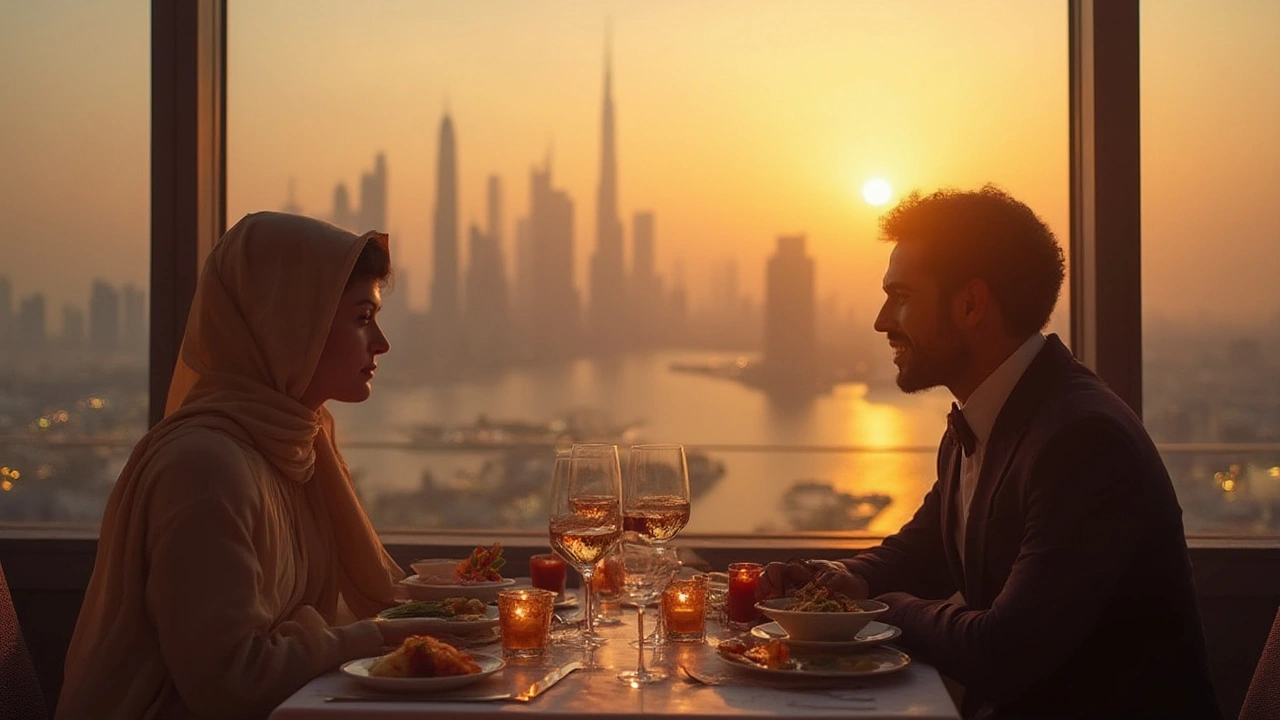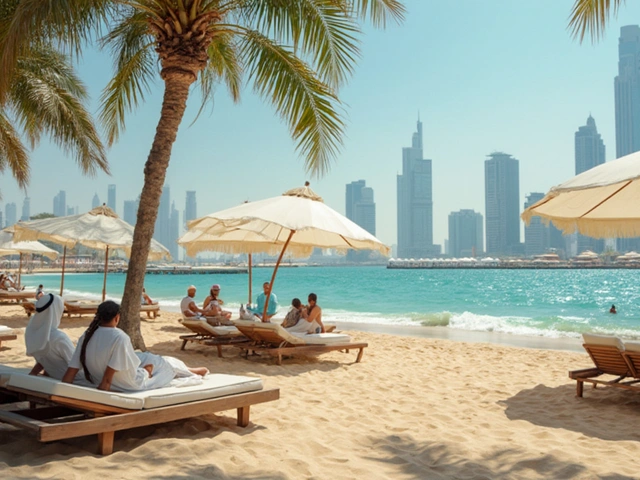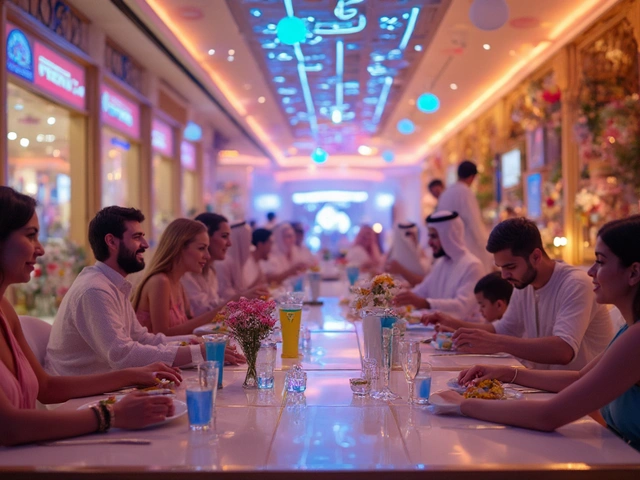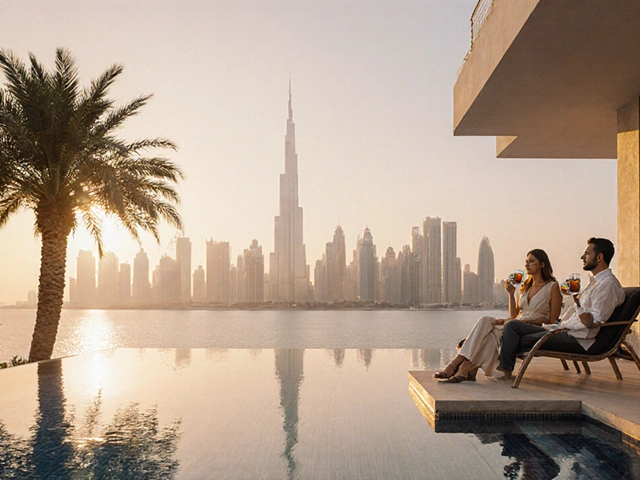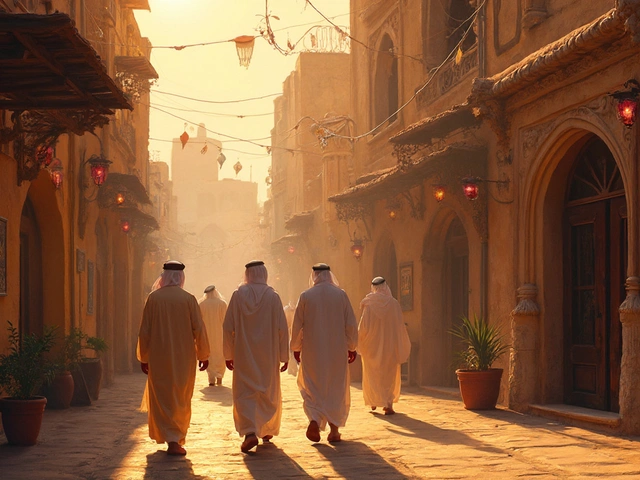Can you imagine dining at a “4 star Michelin restaurant”? Social media throws this phrase around like confetti, but have you ever actually seen one? The Michelin Guide is the gold standard for top-tier dining—so much so that a single star can turn a chef into a legend overnight. Yet every year, folks hunt for the elusive fourth Michelin star as if it’s a hidden treasure. Spoiler alert: they’ll be searching forever. The reality? There’s not a single 4 star Michelin restaurant—anywhere, ever. It’s a culinary unicorn. But why do so many smart people believe otherwise? That’s where things get interesting. Let’s tear apart the rumors, decode the guide, and find out which restaurants actually make the cut and why.
How the Michelin Guide Works and Where the "4 Stars" Myth Comes From
Before you book a table, let’s settle this: the Michelin Guide only goes up to three stars. That’s it. Just three. Not four. The stars aren’t like hotel ratings or movie reviews—they don’t keep going up to five. The system dates back to 1926, when a single star meant “a very good restaurant.” Two stars? “Excellent cooking, worth a detour.” Three stars? “Exceptional cuisine, worth a special journey.” Those are the actual definitions cooked up by the original Michelin Guide inspectors, and they haven’t changed since 1936. So where’s the fourth star? Nowhere—but it’s easy to see how the myth started. Some people get hotel stars confused with restaurant stars, mix up old reviews, or just assume that everything elite needs a next-level award. Search “4 star Michelin restaurant” on Google, and the suggestions pop up like mushrooms after rain. Even major news outlets have been caught using the phrase by mistake.
The confusion probably also comes from other rating systems. For example, the Forbes Travel Guide gives up to five stars and so do some hotel rating organizations. Michelin decided three was enough—hard to achieve and impossible to ignore. When someone calls a place a “4 star Michelin restaurant,” you can bet they’re either mixing things up or using “4 star” as their own personal label for something really fancy. But as far as the official guide is concerned, there’s no such thing. You can brag about a one, two, or three star place (and each one is rare!), but four? Total fantasy. That hasn’t stopped restaurants or PR firms from putting “4 star” in their press releases. It just sounds better, right?
Trickiest part: some restaurants have “four stars” in other publications, like The New York Times or travel sites. That has nothing to do with Michelin. It’s like saying someone won an Olympic medal at a video game tournament—it just doesn’t line up. So next time someone tells you their favorite chef works at a 4 star Michelin place, you know it’s all smoke and mirrors. If you really want the top, hunt for that rare third star, because even that is a huge deal. There are barely 140 restaurants in the whole world with this badge of honor as of 2025. In Dubai? Only a couple have managed to grab even two stars, and one just cracked the three-star barrier last year. Forget the fourth star—restaurants here are still dreaming about getting their second.
The Michelin Star System: What Do the Stars Really Mean?
Most foodies know the term “Michelin starred,” but what does each level actually mean? The guide’s stars aren’t just a thumbs-up—they’re a road map for the world’s best meals. One star means the food is really good—a spot you’d come back to whenever you’re in town. Think of it as your favorite place for a special night but not necessarily earth-shattering. Two stars ramp things up. These spots are so good you’d take a long detour just to eat there. People cross borders, rearrange trips, and brave months-long waiting lists for two-star places. But three stars? That’s next-level. The Michelin Guide’s words literally say these restaurants are worth planning an entire journey for. It’s rare. It’s often life-changing for chefs. If you’re reading about someone sweating in the kitchen for a year straight, this is probably what they’re chasing.
Michelin inspectors are the secret agents of the food world. They dine incognito, pay their own way, and never announce themselves. What do they look for? Technique, creativity, quality of ingredients, consistency—plus the magic “it” factor that can’t be faked. Service and decor used to factor in, but now it’s almost all about the food. A quirky thing: you can lose or gain a star at any time, so the pressure never ends. Sometimes, restaurants even ask for their stars to be taken away because of the stress. It’s that intense. For a chef, a single star can mean new customers, higher prices, and industry fame. For a city or country? Hosting a three-star restaurant puts you on the food map. People start booking flights just to eat lunch. That’s the power of the Michelin stars.
Remember, the three-star cap makes Michelin unique. It sits right in that sweet spot: rare enough to be magical, but not unreachable. You’re more likely to spot a Bugatti on Sheikh Zayed Road than eat in a Michelin three-star restaurant on a whim. The hype is real.
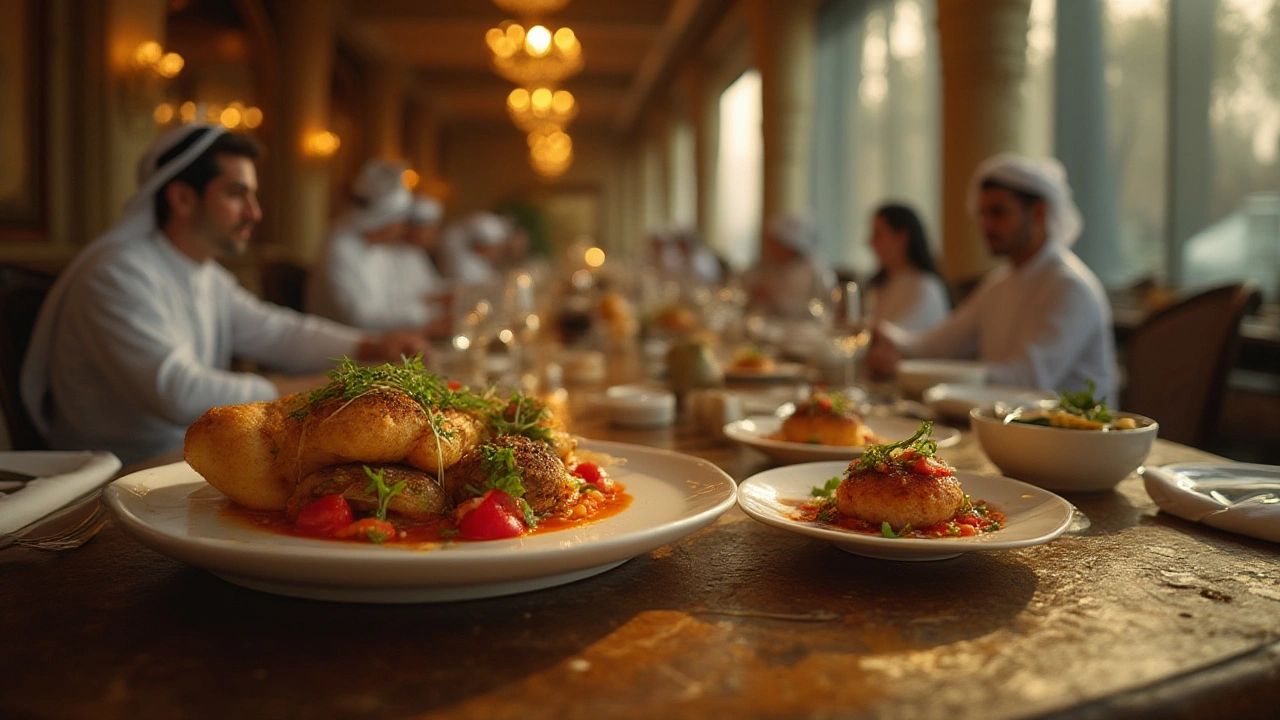
Why Don’t We Have Four Star Michelin Restaurants? Unpacking the Mystery
The Michelin team could have made four stars if they wanted. There’s nothing physically stopping them. But three is a tradition, and part of the brand’s mystique is how tough it is to even get one. Think of it like the Olympic medals: there’s no “Platinum” medal, and nobody walks off with a fourth gold. Michelin’s idea is to keep things special—not dilute the meaning with more awards. It’s a little like a luxury watch brand that refuses to release a digital model. Once, there were rumors they’d introduce a fourth star for “global icons,” but it’s never happened. That’s why chefs and restaurant critics talk, sometimes angrily, about how there’s nowhere left to go once you reach the top. You want higher praise? You get an additional star in another city, or keep the three for years on end; that’s about it.
This cap isn’t bad news, though. It keeps the focus on what matters—unbelievable food, crazy skill, and unforgettable experiences. If restaurants could get four, five, or six stars, you’d lose that sense of magic. The three-star list isn’t just short; it’s brutally exclusive. Cities launch entire marketing campaigns to attract a two- or three-star spot. Chefs travel the world, chasing that last star. In Dubai, for example, many top places flaunt awards from all over, but even a single star from Michelin is a massive headline. Not everyone loves the guide, of course. Some chefs think it’s old-fashioned, and others say it misses the wild, creative side of cuisine. But fans know that a star can transform anybody—a little bistro, a sushi bar, or a grand palace—into the place everyone is talking about. Why chase the unicorn of a fourth star when three is more than enough for legends?
Here’s a fun insider tip: if you see “4 star Michelin restaurant” mentioned anywhere—menu, door, website—run. It’s a red flag. Real Michelin-rated spots advertise exactly how many they have, and trust me, losing credibility with diners is a death sentence in this business. Stick to the official guide or the website to verify those stars. And if you want one more mind-blowing fact, did you know the Michelin Guide started out as a tire company’s free booklet? They wanted drivers to find great places and use up more tires. That’s the kind of twist you just can’t make up.
Finding and Booking Michelin Star Restaurants: What You Need to Know
So, you’re ready to track down the real deal? Here’s the practical stuff. If you’re in Dubai, there aren’t dozens of three-star options. As of 2025, there’s just one three-star spot, a handful of two-stars, and maybe a dozen more with a single star. The competition is nuts—chefs come from Paris, London, Tokyo, and beyond to chase that little red star. If you want to book, plan ahead. Many restaurants offer online reservations through their own sites or apps like OpenTable. For the busiest places, tables release months in advance, and some require a deposit or pre-payment. Dress codes matter more for Michelin places, especially in Dubai, with its blend of traditional and modern. Wear at least smart-casual, and if you’re not sure, check the restaurant’s website for guidelines.
Menu prices vary, but don’t expect a bargain. Even one-star spots can run hundreds of dirhams per person. Multi-course tasting menus? Absolutely. Wine pairings? Almost always offered. Some places now even have vegetarian or vegan tasting menus—something that would have been unthinkable a decade ago. If you’re feeling fancy but don’t want to commit to the whole experience, try lunch instead of dinner. It’s usually cheaper and easier to get a table. When you book, mention any allergies or dietary restrictions; top spots are usually happy to accommodate, so don’t be shy.
The Michelin Guide also releases special recommendations, called “Bib Gourmand,” for places that serve great food at lower prices, so don’t feel like you need to max out your credit card to eat well. Dubai’s food scene changes fast, so check guides and reviews before you go. Want a pro tip? Use the official Michelin Guide app, which lets you search by city, star rating, cuisine, and even price range. For some famous local places, there’s a long waiting list, but now and then, snagging a table is just a matter of picking the right time to call. And if someone claims they have a “Michelin 4 star” place, let them know you’re on to the truth—those stars stop at three.

